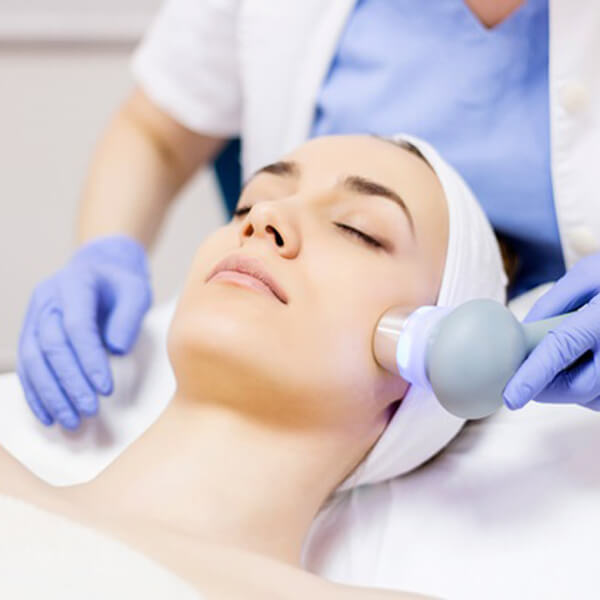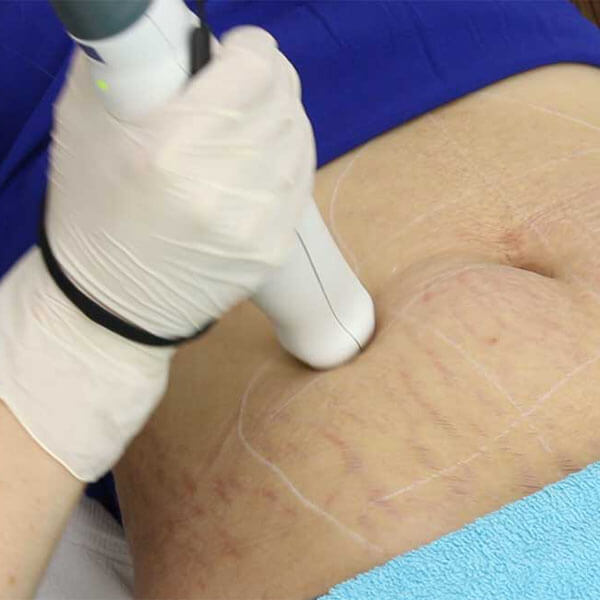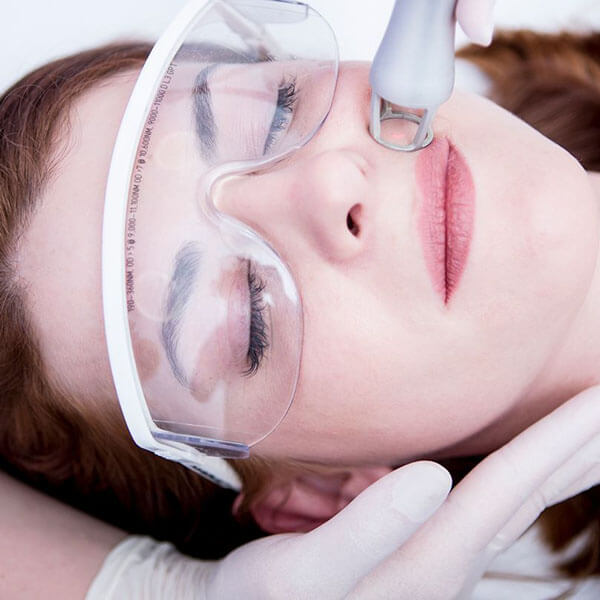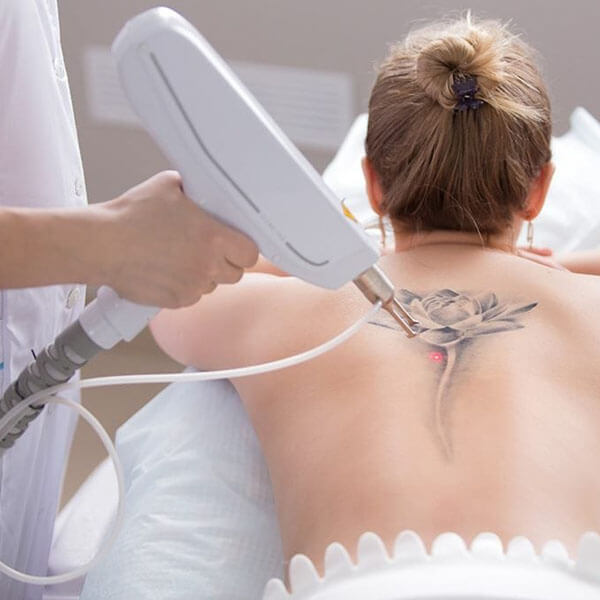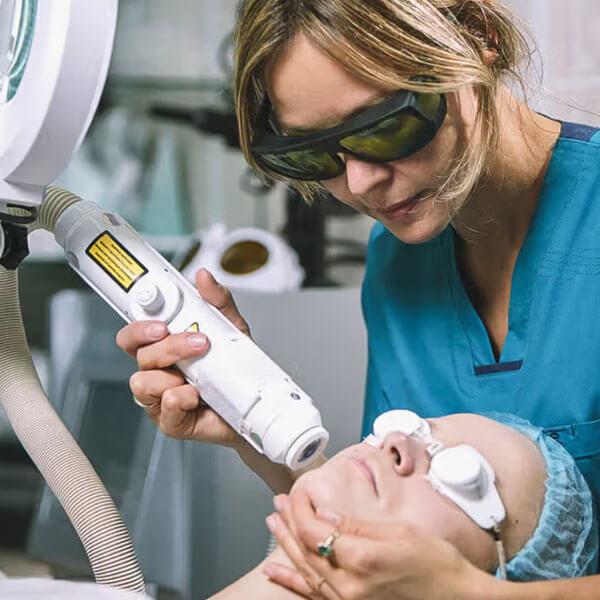**1. What skin issues can laser skin resurfacing treat?**
– Laser skin resurfacing can address a variety of skin concerns, including wrinkles, fine lines, sun damage, age spots, acne scars, uneven skin tone, and skin laxity.
**2. How do I know if I am a good candidate for laser skin resurfacing?**
– A consultation with a qualified dermatologist or skincare professional is necessary to determine if you are a suitable candidate. Generally, individuals with lighter skin tones who are in good overall health tend to be better candidates.
**3. What types of lasers are used for skin resurfacing?**
– Different types of lasers are used for skin resurfacing, including CO2 lasers and erbium lasers. CO2 lasers are more aggressive and penetrate deeper into the skin, while erbium lasers are milder and work well for more superficial issues.
**4. Is laser skin resurfacing painful?**
– The level of discomfort can vary depending on the depth of the treatment and the type of anesthesia used. Superficial treatments may cause some discomfort, while deeper treatments may require local anesthesia or even general anesthesia.
**5. How long does a laser skin resurfacing procedure take?**
– The duration of the procedure depends on the size of the treatment area and the depth of the treatment. It can range from 30 minutes to two hours or more.
**6. What is the recovery time after laser skin resurfacing?**
– The recovery time varies based on the depth of the treatment. Superficial treatments may have a few days of redness and swelling, while deeper treatments may require a week or more of downtime. Patients are usually advised to avoid sun exposure during the healing process.
**7. How long do the results of laser skin resurfacing last?**
– The results can be long-lasting, but they are not permanent. Factors such as sun exposure, aging, and lifestyle choices can impact the longevity of the results. Maintenance treatments may be recommended to sustain the benefits.
**8. Are there any side effects or risks associated with laser skin resurfacing?**
– Common side effects include redness, swelling, and temporary changes in skin pigmentation. In rare cases, there may be scarring or infection. It’s important to follow post-care instructions and attend follow-up appointments to minimize risks.
**9. Can laser skin resurfacing be combined with other cosmetic procedures?**
– Yes, it is possible to combine laser skin resurfacing with other cosmetic procedures, such as dermal fillers or Botox, to achieve more comprehensive results. However, the combination of treatments should be discussed with your healthcare provider.
**10. How soon can I expect to see results after laser skin resurfacing?**
– Initial results may be visible within a week or two as the skin heals. However, the full benefits, including collagen stimulation and continued improvement, may take several weeks to months to become apparent.








